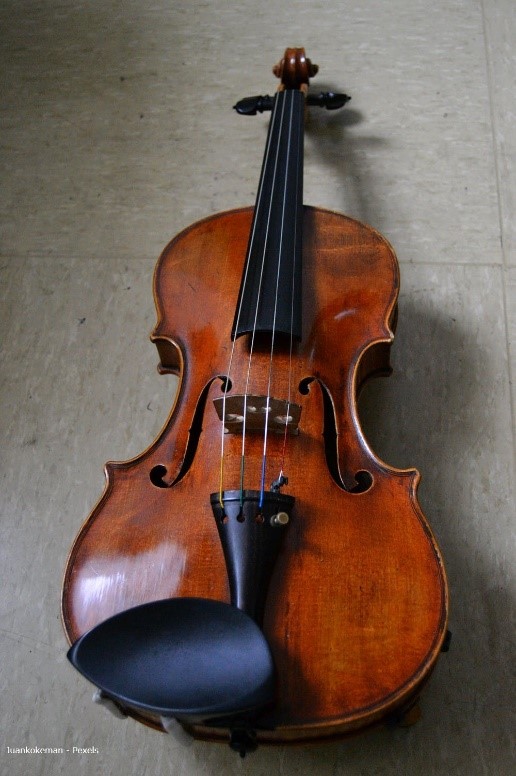You have worked hard and furiously to develop a reputation and a professional identity related to being a major contributor to your professional field, to be known for innovative thinking, creative solutions and extraordinary performance. Your professional acumen got you promoted to a leadership position.
This is the start of a typical journey into leadership. The start of the journey swiftly becomes one of overwhelm, high levels of stress and frustration. Then typically, HR sends you to a management or leadership course. You return with technical knowledge on doing the job, but the internal dissonance grows strong, and the stress and frustration doesn’t leave.
Research has shown that although a few (8% or less) of leaders show innate leadership qualities, the other 92% have to learn leadership. It is a job, a role, an occupation and a skillset distinct from what brought the leader into this new title. And it requires an identity shift – let go of the identity of an engineer, founder, surgeon, super salesperson or lawyer – and learn a new identity as a leader. Therefore – put down the violin, terminate the role as the first violinist in the orchestra, step onto the podium as the conductor with a new instrument – the tiny little baton. (More about this later)
The essential and often missed key here is to literally terminate the internal association with the role as the “First violinist”. To become a real, and effective leader moving from an individual contributor or expert position, requires an identity shift.
Let’s look at a practical example:
The story of Jake: Jake came to us as a first-time manager recently promoted from his role as field engineer in the oil and gas industry. His stress levels and frustrations were through the roof. In his defence – his promotion coincided with the onset of the pandemic. He felt he knew what needed to be done in this new role, but no one was cooperating or collaborating and he was often faced with direct oppositional conversations from peers and direct reports. In his heart he was still a field engineer – adept at analyzing and providing a solution which was then implemented without questioning. In his coaching journey he developed the skills to move away from the front line and become the facilitator of genius rather then being the genius.
The story of Rachel: Rachel is the Founder and “CEO” of an organization she started many years ago. The organization grew to a sturdy medium sized business by Alberta standards, and eventually appointed a Board of Directors to support its development and governance. The organization has a high staff turnover and had a hard time to establish a stable leadership team. It became quite clear that Rachel hangs her shingle on being the Founder, the person behind everything and owner and holder of the dream. The thought of putting down the First Violin, stepping out of the limelight and allowing the orchestra to develop to its full potential, was unfathomable. She was completely oblivious to the fact that she is the bottle neck that could choke the business to death. There are many Rachels in this story – in one instance the Board terminated the Founder and placed a professional CEO at the helm – the organization 10x’ed in a couple of years, another Rachel stayed, the Board walked out and the organization died a quiet death, a third Rachel worked with a professional coach to step onto the podium, and eventually provided coaching for succession planning and preparing to step off the stage. (The latter is another identity shift – more about that later as well.
The world is full of Jakes and Rachels. When a leader makes the identity shift, they bring a high level of inspiration, challenge and positivity into their sphere of influence. The ripple effect of that sphere of influence is beyond measure.
Next week – How to put down the first violin so that you can be a leader rather than doing leadership activities.

